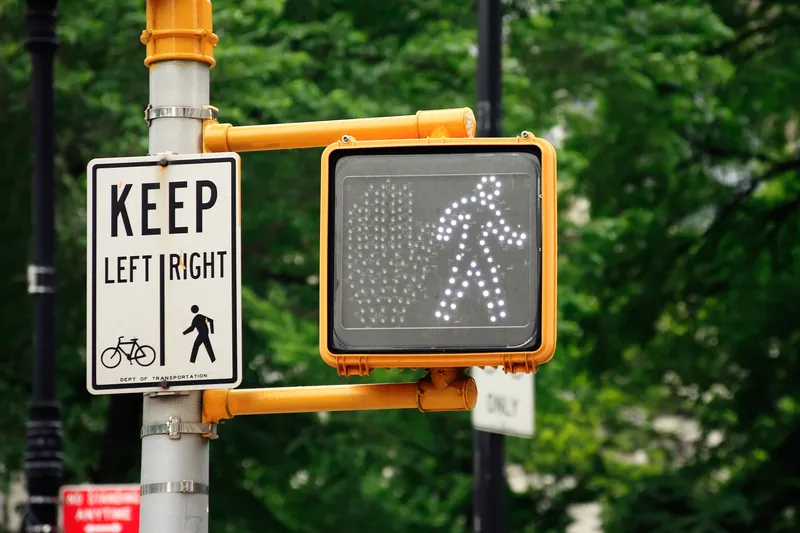Iteris has been selected by the Orange County Transportation Authority (OCTA) to synchronise 68 traffic lights along Katella Avenue in Orange County, California, as part of the Proposition 1B - Traffic Light Synchronization Program (TLSP). The contract, valued at $674,000, is expected to begin immediately.
April 19, 2012
Read time: 2 mins
Katella Avenue, which spans across nine jurisdictional boundaries, is a main artery to many tourists and visitor hotspots, including the Disneyland Theme Parks, Los Alamitos Race Track, the Angels Stadium of Anaheim (Home of Major League Baseball’s Los Angeles Angels), the
The project involves upgrading traffic signal electronics equipment and optimising signal timing along the entire Katella Avenue corridor to increase throughput, reduce travel times, and improve overall safety. Proposition 1B is a $19 billion transportation bond that was approved by California voters in 2006. Through Prop 1B, the TLSP was established with the objectives to improve traffic flow and safety through synchronisation of traffic signals and technology-based improvements.
"Iteris was selected for this project because they have demonstrated a thorough understanding of the Katella Avenue corridor by identifying and then providing excellent recommended solutions on the key issues," stated Ron Keith, principal traffic engineer for the Orange County Transportation Authority. "They have a large presence with excellent recommendations from the local agencies in Orange County providing optimised traffic signal timing, hardware installations, system design, and consensus building with the local agencies."
Abbas Mohaddes, Iteris' president and chief executive officer, noted, "Traffic signal synchronisation is an ideal method to reduce traffic congestion and help agencies meet federal air quality mandates."







